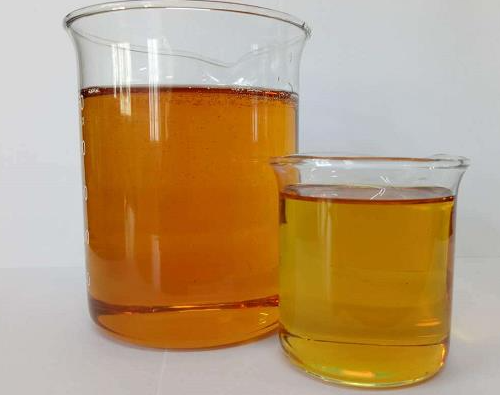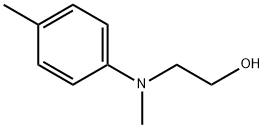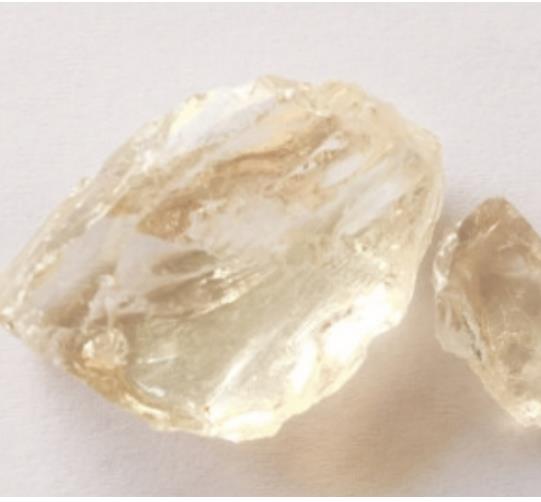N-(2-hydroxyethyl)-N-methyl-4-toluidine: Overview, Applications as Catalyst and its Preparation Method
Overview
N-(2-hydroxyethyl)-N-methyl-4-toluidine exhibits properties typical of arylamines, including moderate solubility in organic solvents and relatively low solubility in water. Its amino group is capable of hydrogen bonding, conferring some polarity to the molecule.1

Applications as Catalyst
N-(2-hydroxyethyl)-N-methyl-4-toluidine serves as a catalyst with significant applications in the formulation of unsaturated polyester resin putty compositions for powder coating technology. This catalyst plays a crucial role in facilitating the polymerization process, thereby contributing to the overall performance and properties of the resin putty. In the described formulation, N-(2-hydroxyethyl)-N-methyl-4-toluidine is one of the key components alongside other catalysts such as benzoyl peroxide, N,N-dimethylaniline, and cobalt(2+) salt. These catalysts work synergistically to initiate and accelerate the polymerization reaction of the unsaturated polyester resin, which is a critical step in the preparation of the putty composition.2
Preparation Method
Add reactant (0.2 mmol, 1.0 equiv), THF (2.0 mL) and CH2Br2 (0.6 mmol, 3.0 equiv) to a flame-dried 10 mL Schlenk tube in a glove box. Seal and take out of the glove box. Cool the reaction mixture to -78°C. Add nBuLi (0.56 mmol, 2.8 equiv) dropwise under N2 atmosphere within 3minutes. Stir the reaction at -78°C for 30 minutes and add ZnCl2 (0.1 mL, 0.5equiv, 1.0 M in Et2O). Allow the mixture to warm to room temperature and stir for 1 hour. Cool the mixture to 0°C. Add a premixture of H2O2 (30% in H2O, 0.5 mL) and NaOH (2.0 M, 1.0 mL). Stir the mixture at room temperature for another 1 hour and dilute with water (20 mL). Extract with DCM (30 mL x 2) and dry over Na2SO4. Filter and concentrate under vacuum. Purify the crude product by silica gel flash column chromatography to obtain product.
Reference
1.Ethanol, 2-[methyl(4-methylphenyl)amino]-. National Center for Biotechnology Information. 2024; PubChem Compound Summary for CID 76094.
2. Wang HQ, Tan W, Huan SM, Xu QW, Cao X. Unsaturated polyester resin putty composition for powder coating technology and preparation method thereof. 2013; Patent Number: CN115851086.
Related articles And Qustion
Lastest Price from N-(2-HYDROXYETHYL)-N-METHYL-4-TOLUIDINE manufacturers

US $55.00/kg2025-07-10
- CAS:
- 2842-44-6
- Min. Order:
- 1000kg
- Purity:
- 99.0%
- Supply Ability:
- 100 tons



